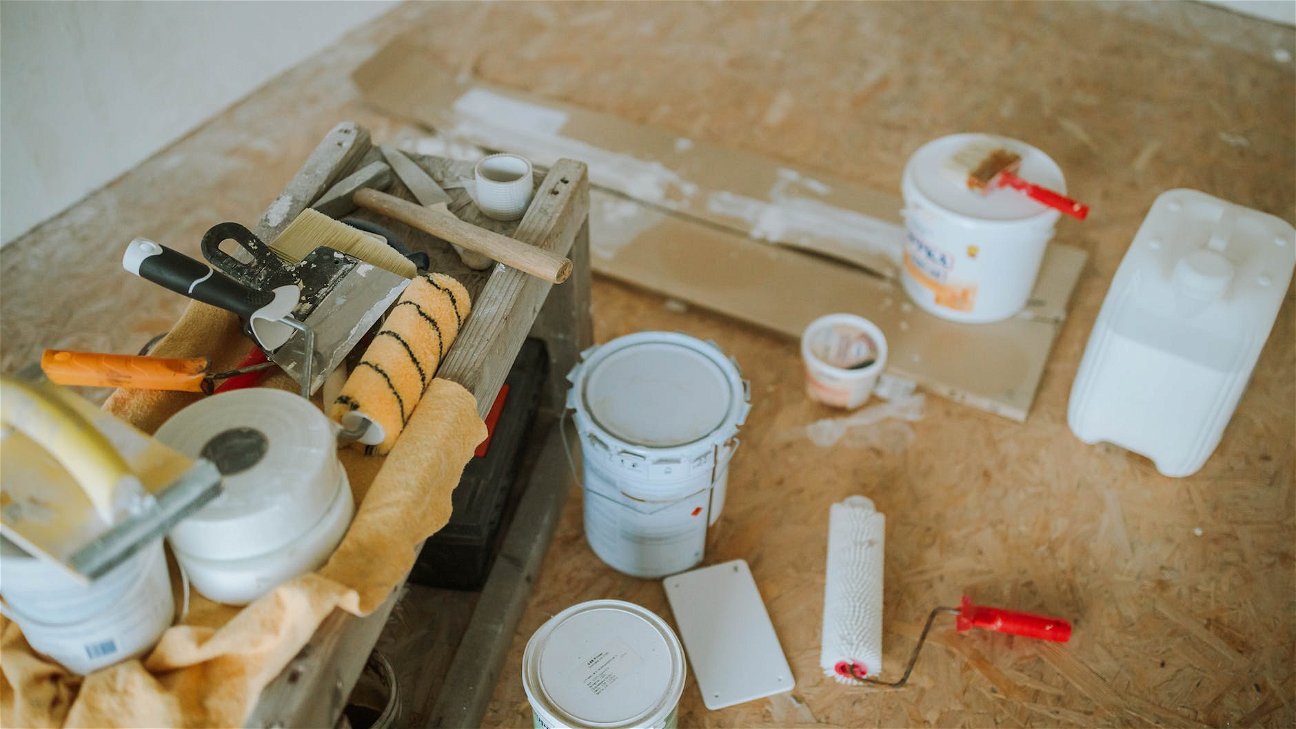
As we look forward to the year 2023, the construction industry is buzzing with anticipation for new sustainable building materials. These materials not only reduce the environmental impact of construction, but they also come with many other benefits like energy efficiency, durability and cost-effectiveness.
Top 6 sustainable building materials
Here is a rundown of the top 6 materials that are set to shape the future of sustainable building in 2023:
- Recycled Steel: Steel is one of the most common materials used in construction. However, the production of new steel comes with a significant environmental impact. Using recycled steel is a green alternative that reduces waste and carbon emissions.
- Bamboo: Bamboo is a fast-growing, renewable material that is increasingly being used in construction. It is strong, durable and has a low environmental impact.
- Sheep's Wool: As an insulator, sheep's wool is natural, renewable and highly effective. It requires less energy to produce than synthetic insulators and is biodegradable.
- Hempcrete: Made from the woody inner fibers of the hemp plant, hempcrete is a lightweight, durable and sustainable alternative to traditional concrete.
- Reclaimed Wood: Using reclaimed wood can give buildings a distinctive look while reducing the demand for new lumber, which helps protect forests.
- Solar Tiles: Solar tiles allow buildings to generate their own electricity, reducing reliance on fossil fuels and lowering carbon emissions.
Choosing the right material
Choosing the right material for your sustainable building project depends on various factors including the type of building, the local climate, your budget, and the availability of the material. It's important to consider all these factors while making a decision. For example, while bamboo might be an excellent choice for a building in a tropical climate, it might not be suitable for a building in a cold, damp climate.
The impact of sustainable building
The use of sustainable building materials and techniques can have a significant impact on the environment. It can reduce waste, lower carbon emissions, save energy, and even improve the health and wellbeing of the people who live or work in these buildings. By choosing sustainable building materials, we can contribute to a healthier, more sustainable future.
The cost of sustainable building
While some sustainable building materials may be more expensive upfront, they can often save money in the long term through reduced energy costs and lower maintenance needs. It's also worth considering the environmental and social costs of not choosing sustainable materials.
The durability of sustainable materials
Sustainable materials are not only better for the environment, but they are often more durable than their non-sustainable counterparts. Materials like recycled steel and bamboo are known for their strength and durability, which can lead to longer-lasting buildings and less need for repairs and replacements.
Sustainable building is an exciting field, full of innovation and potential. As we move into 2023, we can look forward to seeing these materials and more being used in new and creative ways to create buildings that are not only beautiful and functional, but also kind to our planet.











